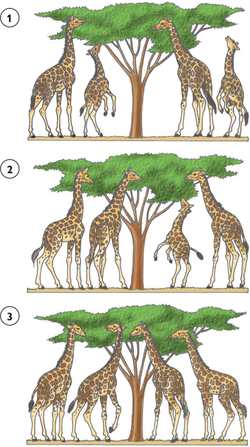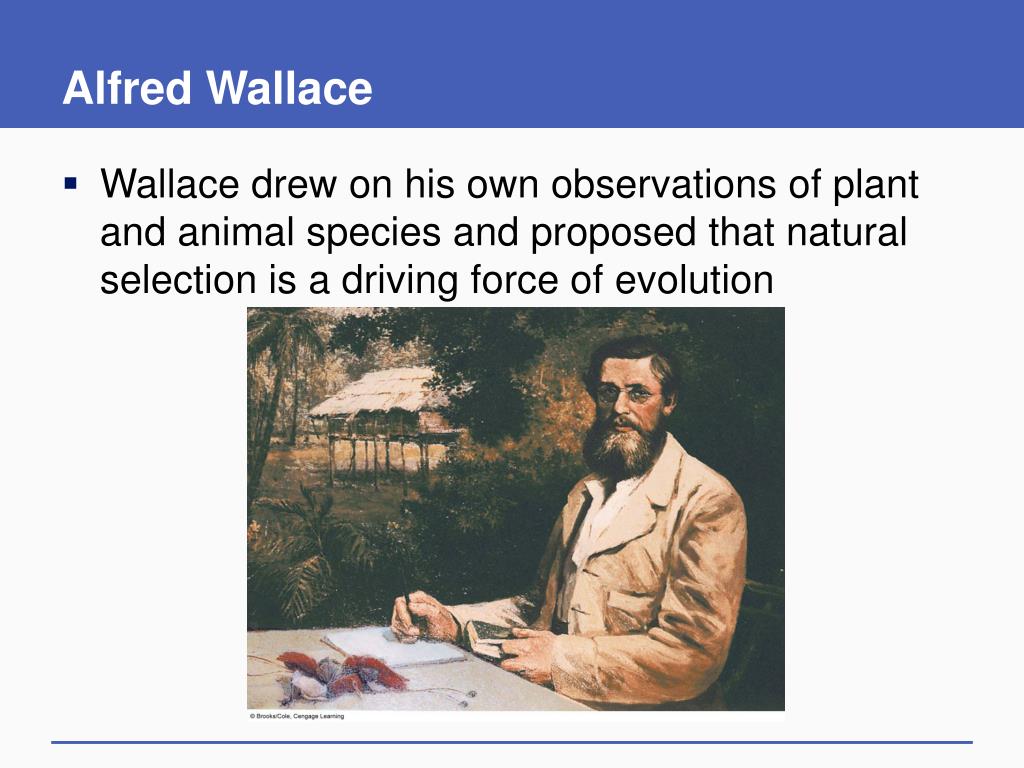
In recent times, by performing mathematical analyses, Simpson (2017) and Lingam & Loeb (2019) posited that the concomitant existence of oceans and continents on Earth was pivotal for the genesis of TI. Alfred Russel Wallace, who is renowned as the codiscoverer of the theory of natural selection (along with Charles Darwin), contended over a century ago that worlds with both continents and oceans are apposite for the evolution of complex animal-like life forms (Wallace 1903, Ch. This topic has an unexpectedly long history. The preceding paragraphs raise the question: What is the probability of the emergence of technological intelligence (TI) (e.g., humans) in land- and ocean-based habitats? Earth is composed of both types of environments, but ocean worlds only possess the latter. Once again, Wallace has led the way, and we mortals simply follow on behind. With a new solution at hand, namely that aposematism can evolve without loss of crypsis, it is essential to examine how widespread the phenomenon is by investigating other groups of species with 'dangerous' reputations, such as sea slugs and snakes.

However, none of these three examples was used to solve the aposematism paradox until now. The third is distance-dependent camouflage, in which defended prey are cryptic far off but conspicuous up close. Another is flash coloration, whereby prey expose conspicuous patches while fleeing but hide them as soon as they come to rest, causing the predator to search for an inappropriate object.
Wallace natural selection Patch#
One of these is deimatism, in which cryptic prey briefly flash a hidden conspicuous patch to cause the predator to hesitate-such prey might or might not have chemical defences. Remarkably, scientists already knew about mix-and-match cryptic-conspicuous forms of protective coloration in three other contexts.

Wallace natural selection full#
Original sources to get the full picture, often extending well beyond Wallace My apologies for this to the authors, but readers should of course consult the To recent sources in the outside literature which are not further identified. I should note that the contents have been lightlyĮdited to reduce entry length almost all of these edits have removed references

The list has been arranged, as possible, in Using the site's search engine or your browser's "Edit > Find" feature. As such it may simply be browsed, or searched It is meant to provide a kind of survey of how workers have been looking intoĪnd/or developing Wallace's ideas. Hundred quotations extracted from the scholarly literature of the past few decades The following represents a list of more than three


 0 kommentar(er)
0 kommentar(er)
